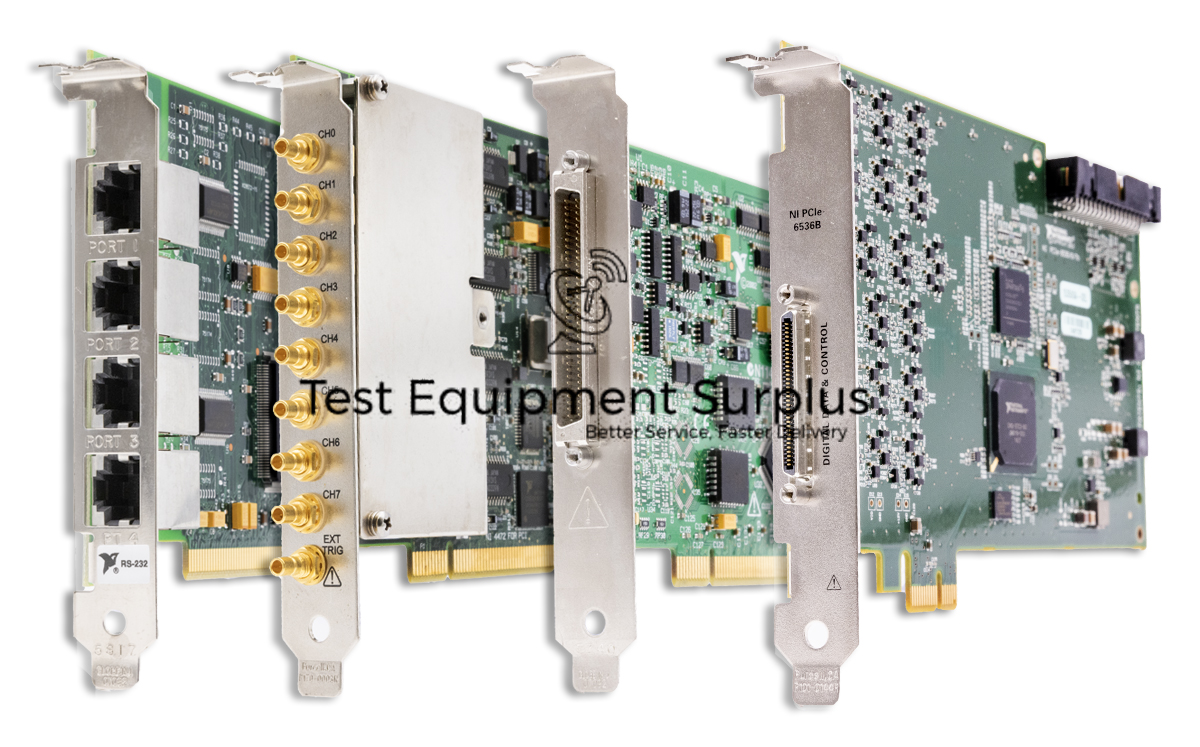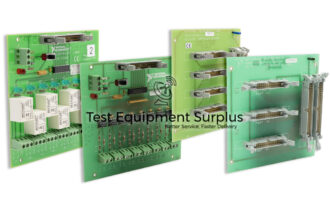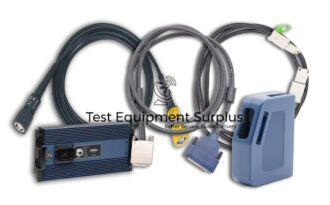Description
The NI PCIe-7821R Digital Reconfigurable I/O Device, with part number 785359-01, is designed to accommodate both RSE (Referenced Single Ended) and NRSE (Non-Referenced Single Ended) input modes, making it a versatile solution for various signal sources. The device is recommended to use the RSE mode for floating signal sources and NRSE mode for those that are ground-referenced.
In the context of grounding, the device provides the ground reference in RSE mode, whereas in NRSE mode, the ground reference needs to be provided by the external signal itself. Users should note that single-ended modes are more susceptible to noise coupling, with magnetic coupling being proportional to the area between signal conductors and electrical coupling related to electric field differences.
To mitigate issues with ground potential differences, the signal ground should be connected to AISENSE on the device. The onboard instrumentation amplifier plays a critical role in rejecting voltages caused by any ground potential differences. Furthermore, the device is capable of effectively rejecting common mode noise, particularly in differential input connections, provided that the input signals V+in and V–in are within their specified ranges.
| Feature | Description |
|---|---|
| Part Number | 785359-01 |
| Product Name | NI PCIe-7821R Digital Reconfigurable I/O Device |
| Input Modes | RSE (Referenced Single Ended), NRSE (Non-Referenced Single Ended) |
| Recommended Use | RSE for floating signal sources, NRSE for ground-referenced signal sources |
| Ground Reference for Signal | Provided by the NI PCIe-7821R in RSE mode |
| External Ground Reference | Provided by the signal in NRSE mode |
| Noise Coupling | More susceptible in single-ended modes compared to differential modes |
| Magnetic Coupling | Proportional to the area between signal conductors |
| Electrical Coupling | Related to the electric field differences between conductors |
| Ground Potential Difference Connection | Connect signal ground to AISENSE |
| Instrumentation Amplifier | Rejects voltage caused by ground potential differences |
| Common Mode Noise Rejection | Effective in differential input connections; input signals V+in and V–in must be within specified ranges |
Question 1: What measures should be taken with the NI PCIe-7821R Digital Reconfigurable I/O Device to reduce the impact of ground potential differences on signal measurements?
Answer 1: To reduce the impact of ground potential differences on signal measurements with the NI PCIe-7821R Digital Reconfigurable I/O Device, the signal ground should be connected to AISENSE on the device, and the onboard instrumentation amplifier will help in rejecting voltages caused by these differences.
Question 2: What is the recommended grounding configuration when using the NI PCIe-7821R Digital Reconfigurable I/O Device in RSE and NRSE modes for different types of signal sources to minimize noise coupling?
Answer 2: To mitigate issues with ground potential differences for single-ended input modes, the NI PCIe-7821R Digital Reconfigurable I/O Device recommends connecting the signal ground to AISENSE on the device and utilizes an onboard instrumentation amplifier to reject voltages caused by ground potential differences.
Question 3: What are the recommended input modes for floating and ground-referenced signal sources when using the NI PCIe-7821R Digital Reconfigurable I/O Device, part number 785359-01?
Answer 3: For the NI PCIe-7821R Digital Reconfigurable I/O Device, part number 785359-01, it is recommended to use the RSE (Referenced Single Ended) input mode for floating signal sources and the NRSE (Non-Referenced Single Ended) mode for ground-referenced signal sources.
Question 4: What measures can be taken with the NI PCIe-7821R Digital Reconfigurable I/O Device, part number 785359-01, to reduce the impact of ground potential differences and noise coupling on signal integrity?
Answer 4: When using the NI PCIe-7821R Digital Reconfigurable I/O Device, it is recommended to use the RSE mode with the device providing the ground reference for floating signal sources, and the NRSE mode with the external signal providing the ground reference for ground-referenced signal sources; additionally, to minimize noise coupling, the signal ground should be connected to AISENSE on the device.
Question 5: What measures does the NI PCIe-7821R Digital Reconfigurable I/O Device employ to mitigate issues with ground potential differences for single-ended input modes?
Answer 5: To reduce the impact of ground potential differences and noise coupling on signal integrity with the NI PCIe-7821R Digital Reconfigurable I/O Device, part number 785359-01, one should connect the signal ground to AISENSE on the device, use the onboard instrumentation amplifier to reject voltages from ground potential differences, and utilize differential input connections to effectively reject common mode noise, ensuring that the input signals V+in and V–in are within their specified ranges.




